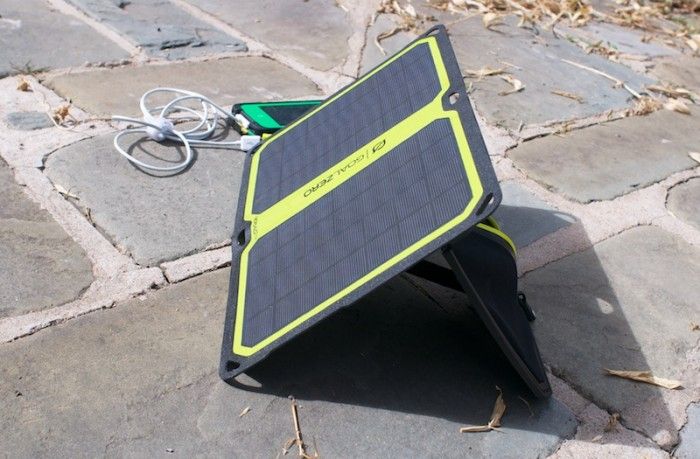WWF commended the Norwegian government’s announcement regarding its consideration to invest the country’s sovereign wealth fund in renewable energy. Norway’s Sovereign Wealth Fund is currently the largest in the world at over $700 billion.
The coalition leaders of Norway’s government minority conservative stated that a special programme will be set up to invest the GPFG fund in sustainable enterprises in developing countries and in up-and-coming markets. Norway’s government leaders also stated that they are considering setting up a separate mandate for investments in renewable energy sources and assets.
According to WWF, the Norwegian Government Pension Fund Global (GPFG) is currently invested in nearly three-quarters of the world’s 200 companies with the largest fossil fuel reserves such as coal, gas, and oil. GPFG’s share in these reserves equals 108 times the country’s yearly greenhouse gas emissions. As WWF puts it, the fund is invested in huge amounts of fossil fuels than can ever be burned if the world is to avert climate change and its effects.
Norway currently owns a 1.2% share of the global stock market and has investments in 7,000 various companies. It is no secret that the size of the fund itself is responsible for the significant impact it will make. The Ministry of Finance estimates that the fund’s value may hit the $1 trillion mark by 2020. If Norway followed through with its intentions, it could play a powerful role in the global shift towards renewables.
“Norwegian savings could change the world,” Nina Jensen, CEO of WWF-Norway, said. “This would provide a powerful boost for the shift from fossil fuels to renewable energy.”
State Secretary Hilde Singsaas of the Norwegian Finance Ministry stated that the government has taken into account related issues and risks regarding fossil fuel investments. “Reducing investments in oil and gas has been debated on several occasions… When it comes to increasing the fund’s investments in renewable energy, we will evaluate this after we will have gained experience with investments in real estate,” she said.
WWF-Norway called for a higher allocation (5%) of the Norwegian sovereign wealth fund to be invested directly in renewable energy infrastructure. This is in part of WWF’s global campaign Seize Your Power which appeals to governments to increase investment in sustainable and renewable energy. WWF-Norway also urged that the fund’s investments in coal and tar assets be ended. The minority conservative’s announcement came after a joint initiative from businesses and civil society leaders petitioned the Norwegian government to include renewable energy infrastructure in its investments. The signatories included WWF-Norway, Greenpeace, The Norwegian Climate Foundation, and The Development Fund.
WWF favored the announcement and sees it as a unique move toward investments in renewable energy if implemented at scale. “If Norway actually did this, it will be an unprecedented shift in both the global investment community and also for tangible action on climate change,” said Samantha Smith, the leader of WWF’s Global Climate & Energy Initiative. “We now look to the Government of Norway to take the next step by putting thoughts into action.”




Leave a Comment